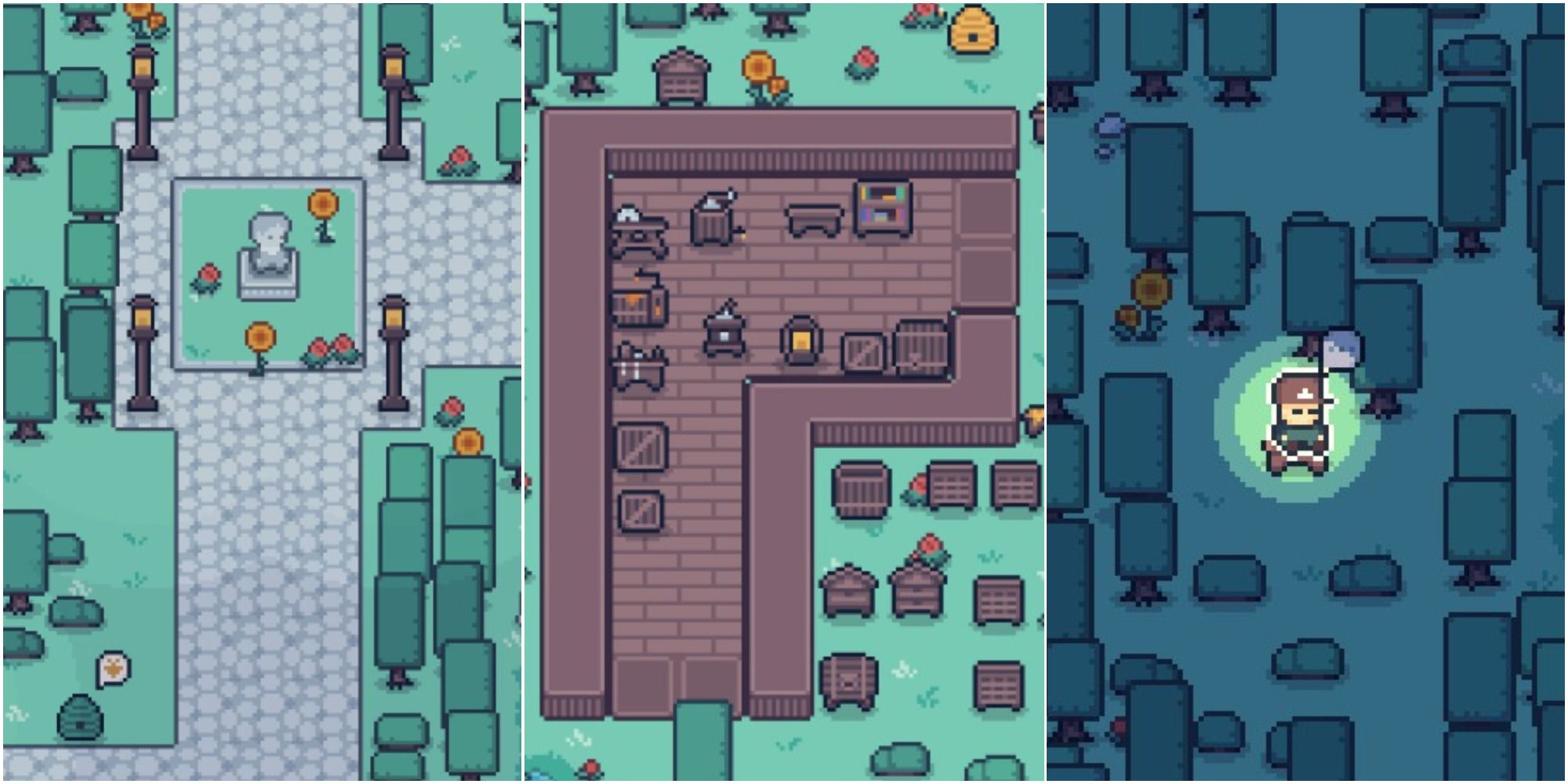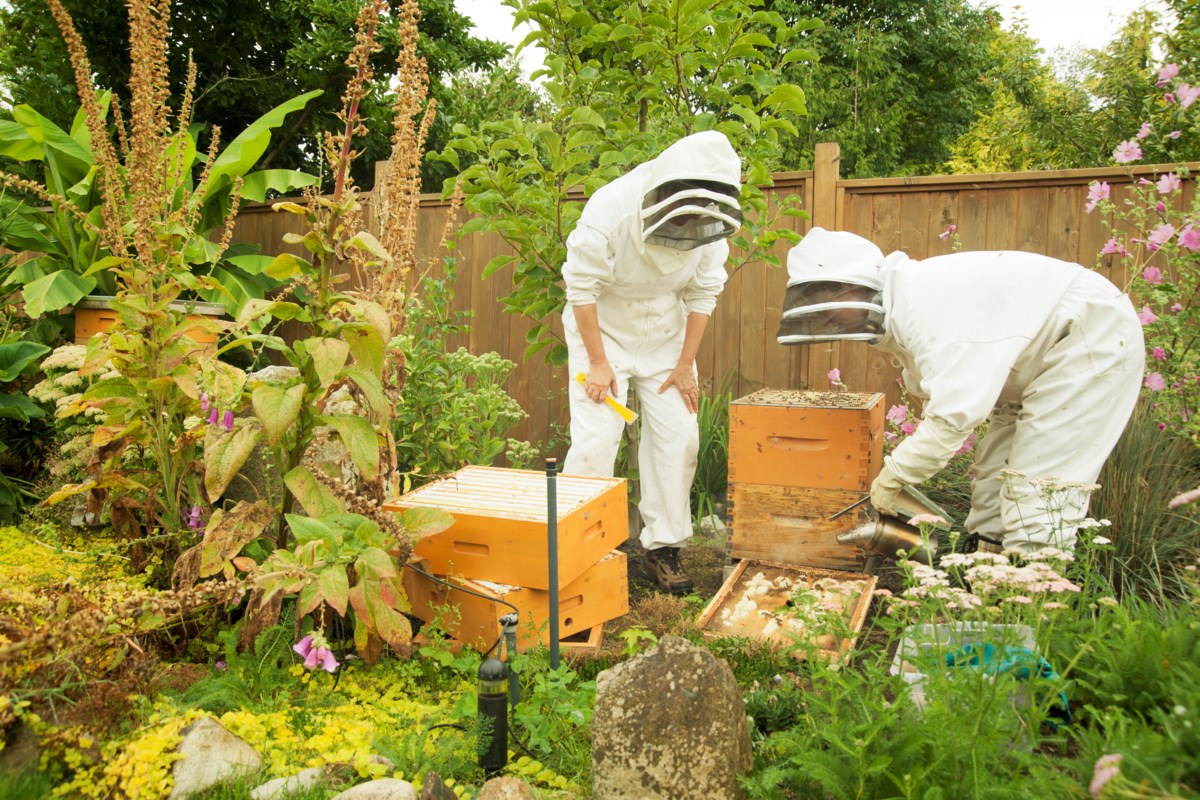Washington state entomologists have so far destroyed two nests of the Asian giant hornet – dubbed the “deadly hornet” – so far this year and plan to eradicate another nest as they attempt to eliminate the insects, a invasive species that can kill bees and first appeared in the Pacific Northwest in 2019.
The Washington State Department of Agriculture said on social media on September 11 that it found two nests harboring the insects, the largest species of hornet in the world, and destroyed one. Department spokeswoman Amber Betts said on September 13 that a first nest had been destroyed a few weeks earlier.
“The goal is to eradicate them completely,” she said, adding that the hornets would be considered completely eradicated after “two consecutive years of negative results.”
She added: “At the moment, we’re just doing our best to see how many there are.”
Giant Asian hornets were first reported in the United States in December 2019 in Washington state, when a resident of Blaine, a town near the Canadian border, found one of the bugs dead. He was handed over to state entomologists and the hunt for more hornets began.
Agriculture officials have issued an alert that hornets could pose a threat to bees, whose hives can be wiped out by hornets within hours. The department has set up a reporting line and links for sightings, relying on the public to report locations, Betts said.
As state officials attempted to trap more hornets, they also turned to a service from the United States Department of Agriculture (USDA), which helped them track the hornets using Radio beacons used to study the movements of spotted lanterns, an invasive species causing problems on the east coast.
The approach worked. A hornet, secured with a stuck-on tracker, eventually led entomologists to a nest about 8 feet (2.4 meters) from a tree, in an area of forest and farmland about 25 miles (40 kilometers) to the south of Vancouver. In October, the state’s Department of Agriculture announced it had destroyed the nest, marking the first time it had been eradicated in the United States.
A team plugged the nest with moss, wrapped the tree in plastic and vacuumed the hornets, officials said.
Betts said the same techniques were used to remove the nests this year, with a medic on hand in case a hornet stings someone. (The hornet’s stinger is long enough to pierce a beekeeper’s suit, and its sting has been described in excruciating terms.) Protective gear was used by the crew during operations, which also involved the injection of dioxide of carbon to immobilize the hornets, she said.
She added that a queen hornet was kidnapped on Saturday.
Betts said the four nests found so far have all been in the same general area, within a few miles of each other in northern Whatcom County.
Scientists are not sure how or when the insects arrived in the United States. The USDA said the hornets may have been introduced into the country through illegal imports of live specimens used for food and medicine.
The nickname of the insects comes from their violent behavior: they attack and destroy bee hives, killing the bees by beheading them during what entomologists call their “slaughter phase”. They then invade and appropriate the hives, feeding their young with bee larvae and pupae.
“Although they generally don’t attack people or pets, they can attack when threatened,” the state’s agriculture department said in a statement. “Their sting is longer than that of a bee and their venom is more toxic. They can also sting several times.
For people with allergies, the sting can be fatal.
Hornets are distinguished by their yellow heads and can be almost 2 inches long with stingers about 6 millimeters long, or about a quarter of an inch. They can wipe out entire hives of bees, which are important pollinators for crops.
© 2021 The New York Times Company
Learn more at nytimes.com
In a time of both disinformation and too much information, quality journalism is more crucial than ever.
By subscribing, you can help us tell the story right.
SUBSCRIBE NOW
KEY WORDS
insects, deadly hornet
 Xoven Agricultor
Xoven Agricultor



